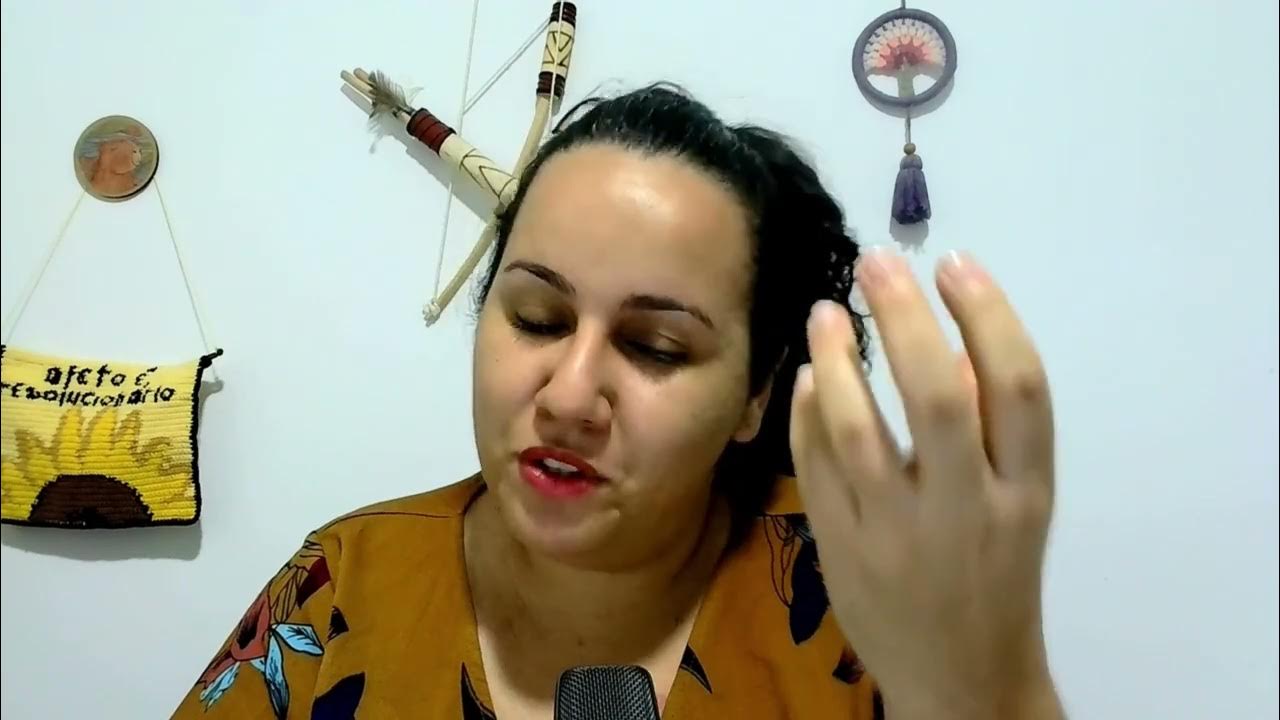SBCS Inference: Singapore as a Port City (Sec 1 History)
Summary
TLDRThis educational video lesson focuses on the skill of inference, specifically in the context of Singapore's development as a port city. It reviews the concept of a free port, established by Raffles, and its economic impact. The lesson guides students through analyzing three types of sources—pictorial, textual, and statistical—to make inferences about Singapore's growth. It emphasizes the three-step process of inference: answering the question, explaining the answer with focus, and providing evidence. The instructor demonstrates how to use each source type effectively, with an emphasis on not repeating source words verbatim and encouraging the use of a thesaurus to enhance vocabulary for textual sources. The video aims to prepare students for the inference section of the WA2 exam.
Takeaways
- 📚 The lesson focuses on practicing inference skills, which are crucial for the upcoming WA2 exam.
- 🌟 Singapore's historical background as a free port, established by Raffles, is essential for understanding its development as a port city.
- 🔍 Three types of sources are discussed: pictorial, textual, and statistical, each requiring different approaches to analyze evidence.
- 📈 The pictorial source emphasizes the development of infrastructure like docks, which facilitated trade and contributed to Singapore's economic growth.
- 📝 For textual sources, it's important to quote relevant sentences and use one's own words to explain inferences, avoiding direct copying from the source.
- 🔢 The statistical source requires identifying and using relevant numbers to support inferences about the impact of historical events or policies.
- 💡 Inference involves three steps: answering the question, focusing on the question, explaining the answer, and providing evidence.
- 🏗️ The British colonial government's efforts to develop Singapore as a port city had a positive impact, as seen through the development of trade and commerce.
- 📋 The lesson provides a structured approach to answering inference questions, emphasizing the importance of explaining answers in detail and using evidence effectively.
- 📖 Students are encouraged to use resources like thesaurus.com to improve vocabulary and language proficiency for better historical analysis and exam performance.
Q & A
What is the main focus of the lesson in the transcript?
-The main focus of the lesson is to recap the skill of inference through examples given in a worksheet about Singapore as a port city.
What does a 'free port' mean in the context of Singapore's history?
-A 'free port' means that traders did not have to pay to come and trade in Singapore, which attracted more traders, increased business, and allowed the economy of Singapore to grow.
What are the three types of sources discussed in the lesson?
-The three types of sources discussed are pictorial, textual, and statistical sources.
What is the difference between the evidence from a pictorial source and a textual source?
-For a pictorial source, evidence is described by what is seen in the image, whereas for a textual source, evidence requires quoting the sentences or words that support the inference.
How many steps are involved in the process of inference as described in the transcript?
-There are three steps involved in the process of inference: answer the question, focus, and explain the answer, and finally, give evidence.
What is the significance of the word 'impact' in the context of the questions in the lesson?
-The word 'impact' in the context of the questions suggests that there are two possible answers: positive or negative, indicating the effect of an action or event.
What is a 'provenance' in relation to a source?
-A 'provenance' is information about where the source comes from, including details about its origin and authenticity.
Why is it important not to repeat words from the source when explaining an inference from a textual source?
-Repeating words from the source does not demonstrate the student's thinking and understanding; instead, it shows copying. It's important to use one's own words to explain the inference.
How does the lesson suggest improving vocabulary for answering historical questions?
-The lesson suggests using a thesaurus, such as thesaurus.com, to find synonyms and build vocabulary, which helps in providing explanations without repeating words from the source.
What is the importance of choosing the right numbers when providing evidence from a statistical source?
-Choosing the right numbers is important to show the validity of the inference. The numbers should support the explanation and demonstrate trends over time, such as an increase in trade values.
What does the lesson emphasize about the depth of explanation in answering inference questions?
-The lesson emphasizes that the explanation should not just repeat the evidence but should go further to discuss the implications, such as how attracting traders can improve the economy and people's lives.
Outlines

هذا القسم متوفر فقط للمشتركين. يرجى الترقية للوصول إلى هذه الميزة.
قم بالترقية الآنMindmap

هذا القسم متوفر فقط للمشتركين. يرجى الترقية للوصول إلى هذه الميزة.
قم بالترقية الآنKeywords

هذا القسم متوفر فقط للمشتركين. يرجى الترقية للوصول إلى هذه الميزة.
قم بالترقية الآنHighlights

هذا القسم متوفر فقط للمشتركين. يرجى الترقية للوصول إلى هذه الميزة.
قم بالترقية الآنTranscripts

هذا القسم متوفر فقط للمشتركين. يرجى الترقية للوصول إلى هذه الميزة.
قم بالترقية الآنتصفح المزيد من مقاطع الفيديو ذات الصلة
5.0 / 5 (0 votes)






